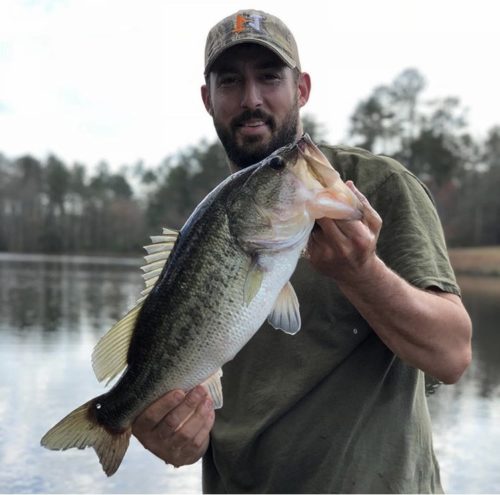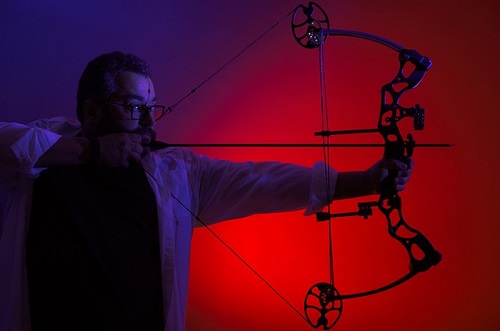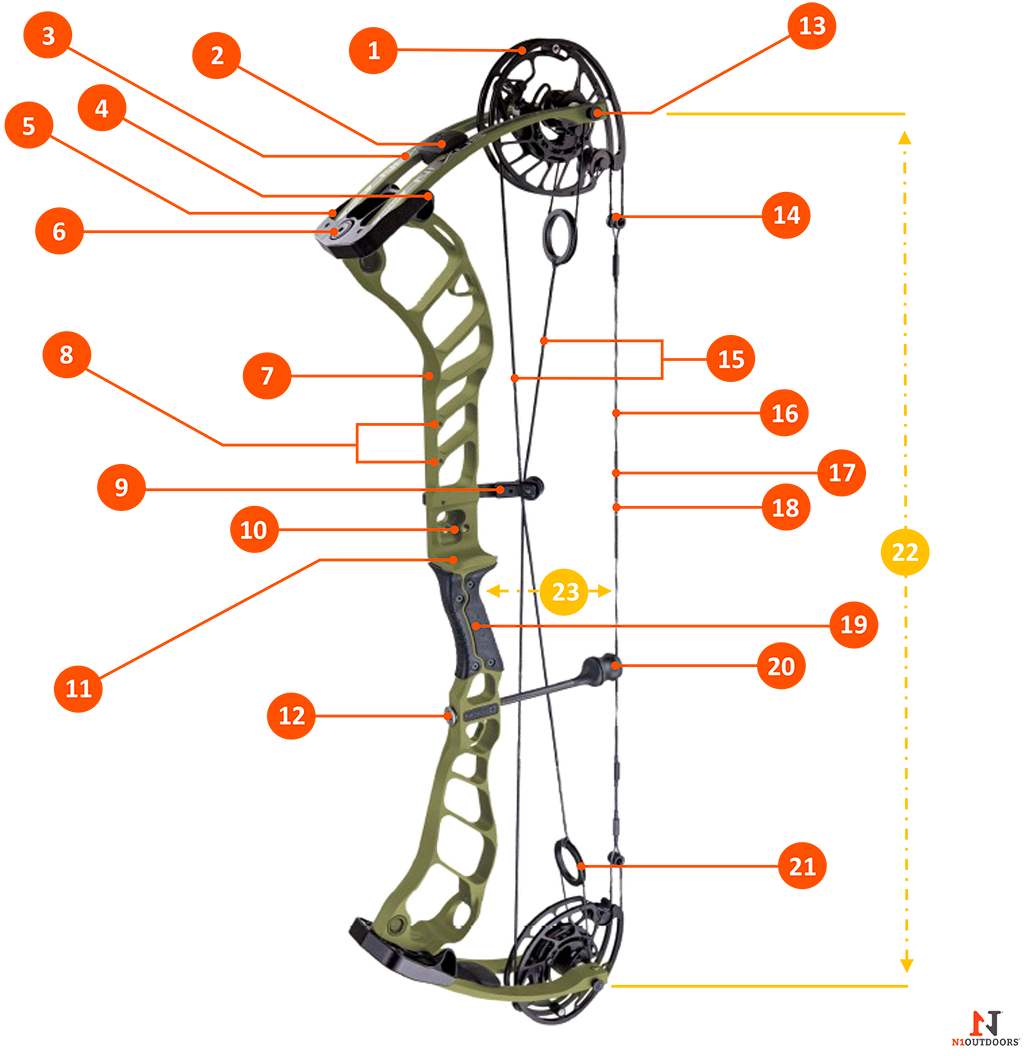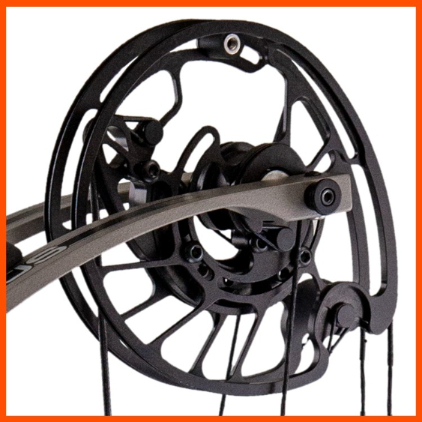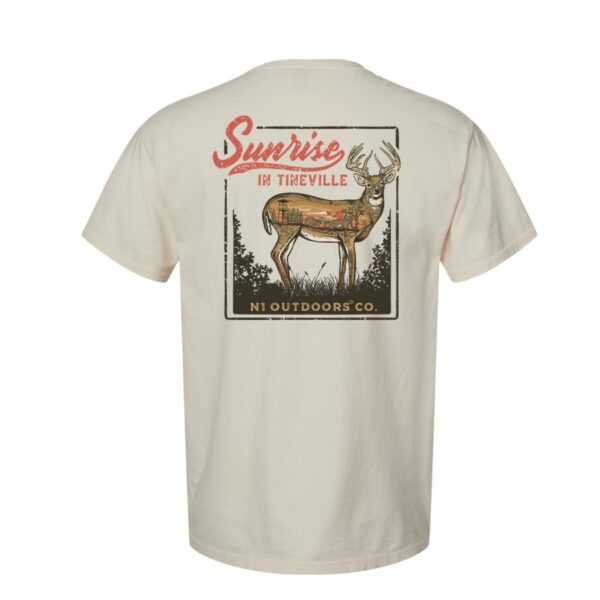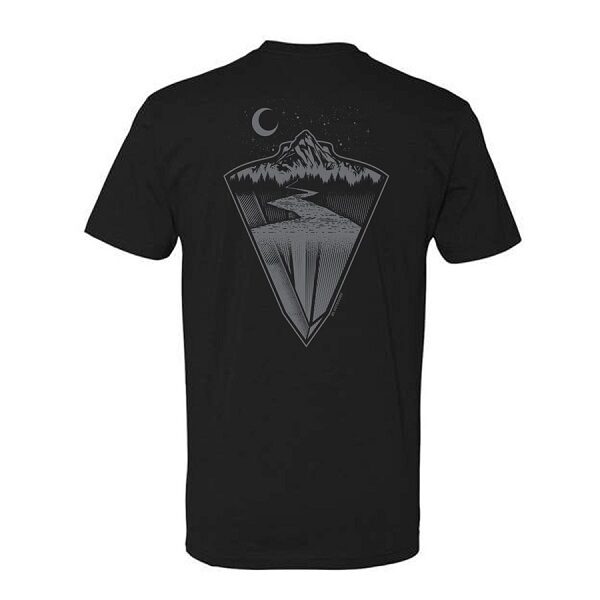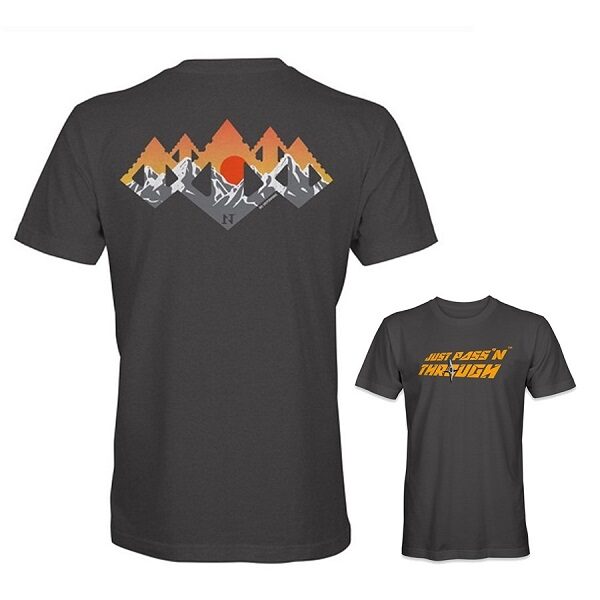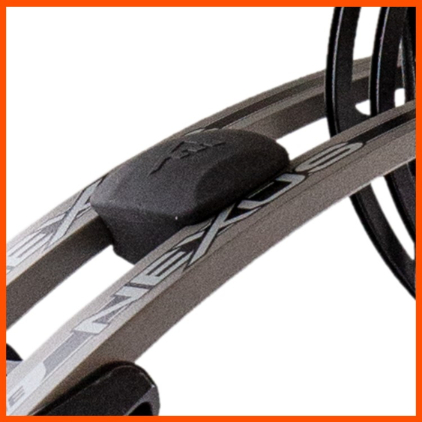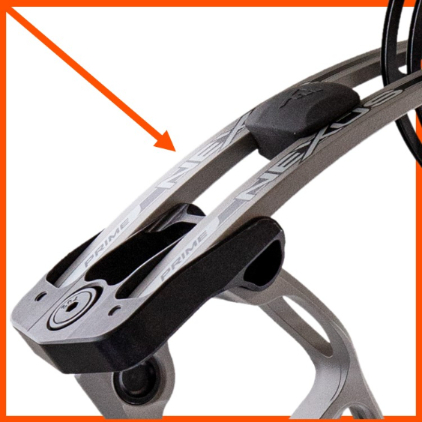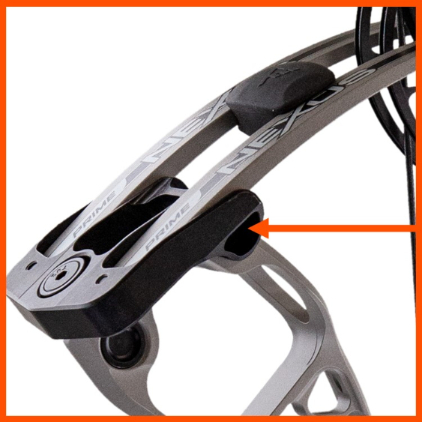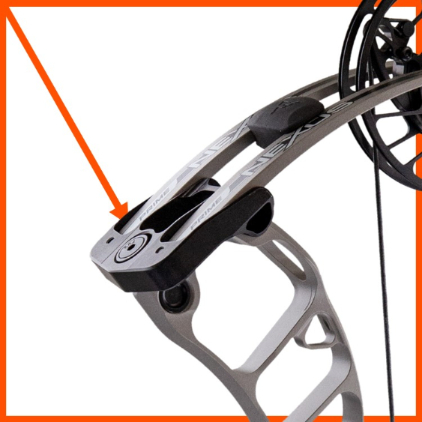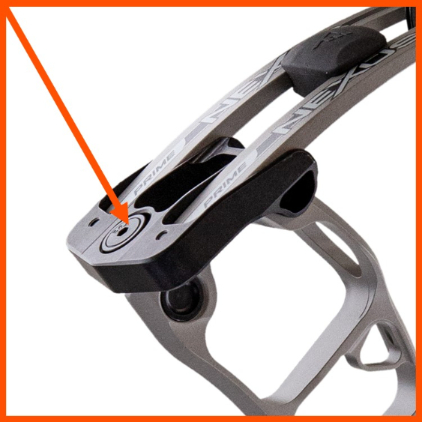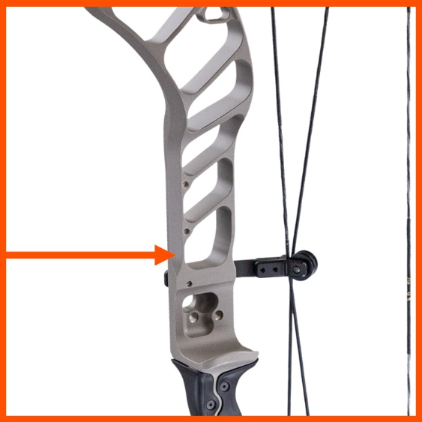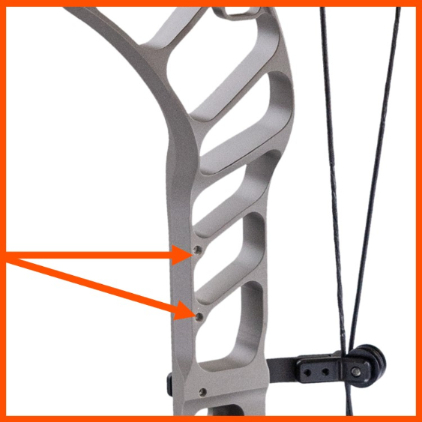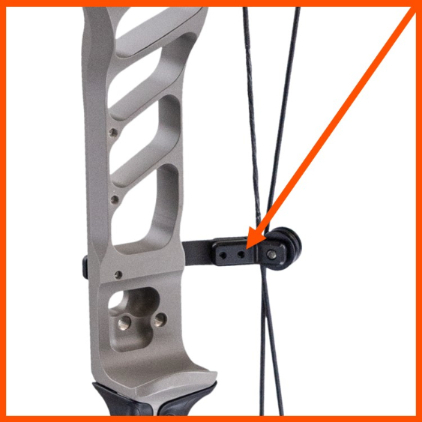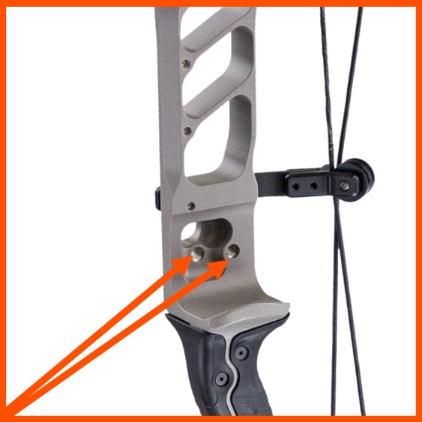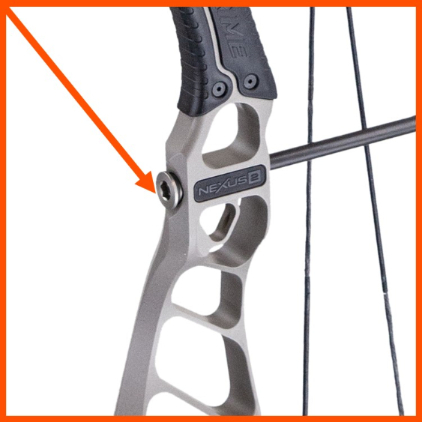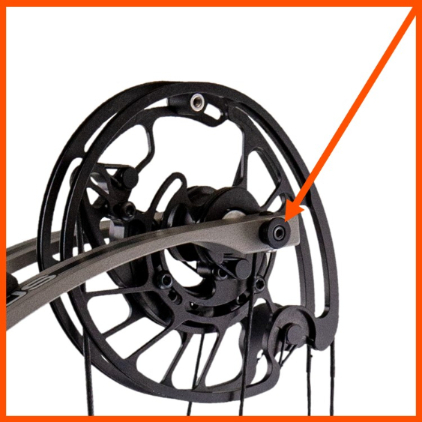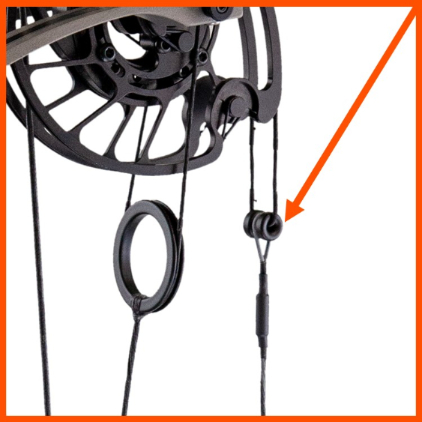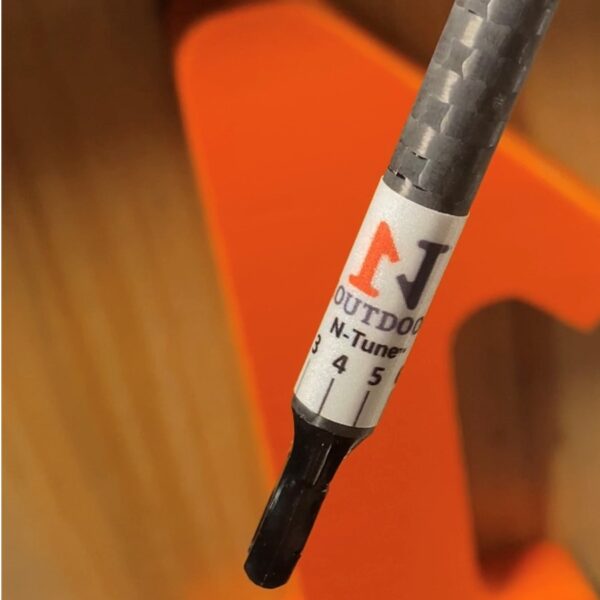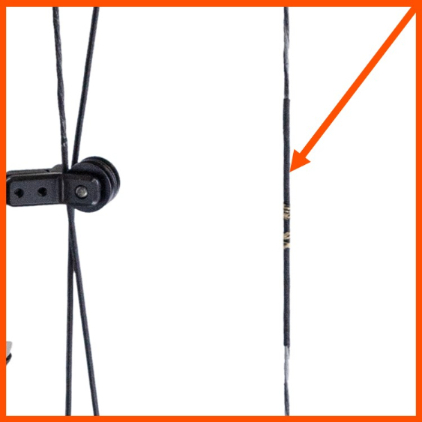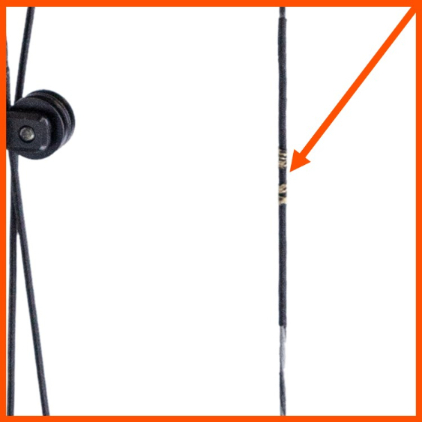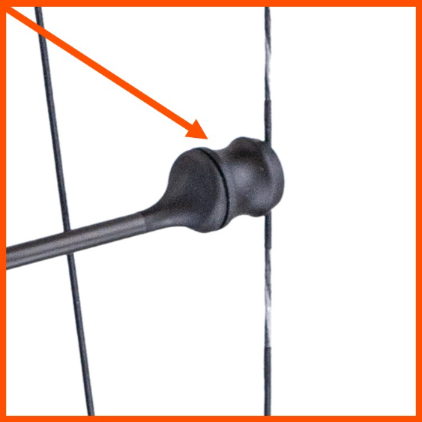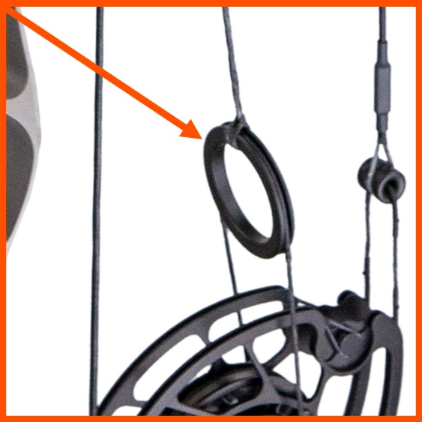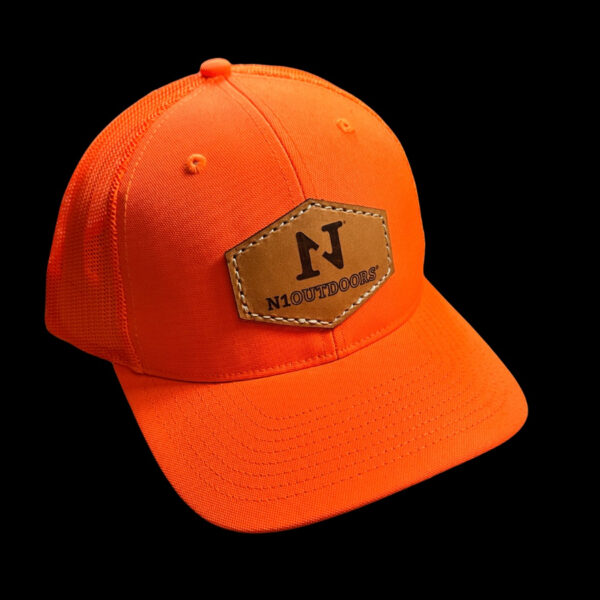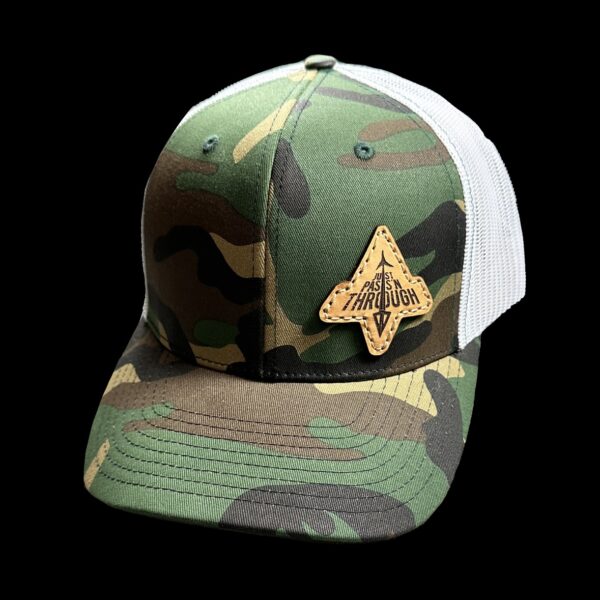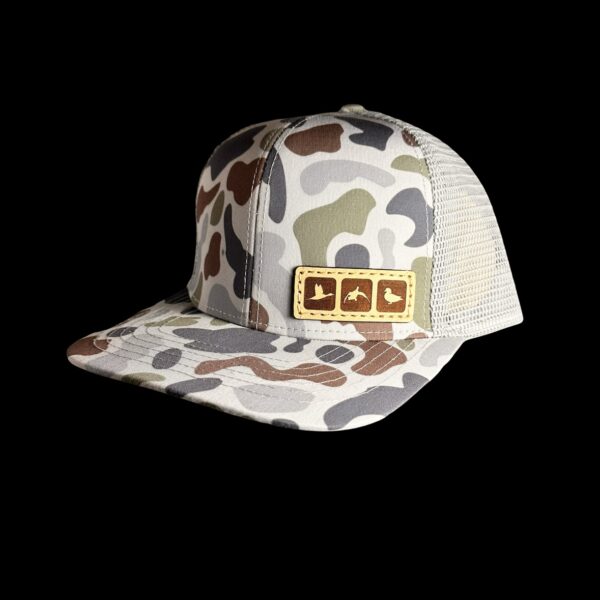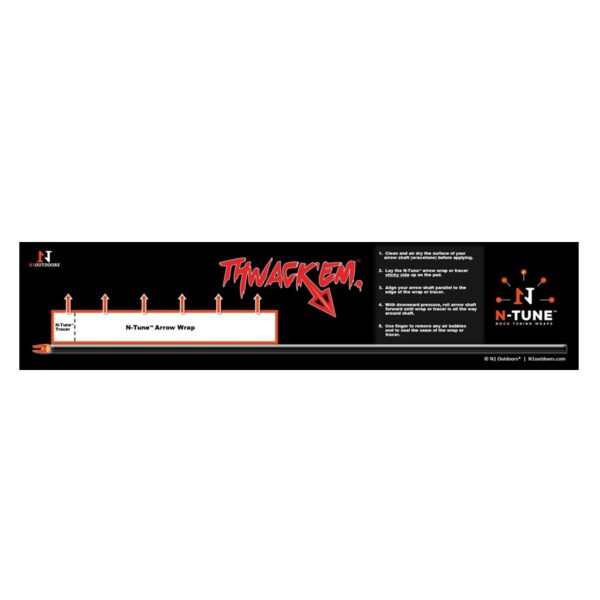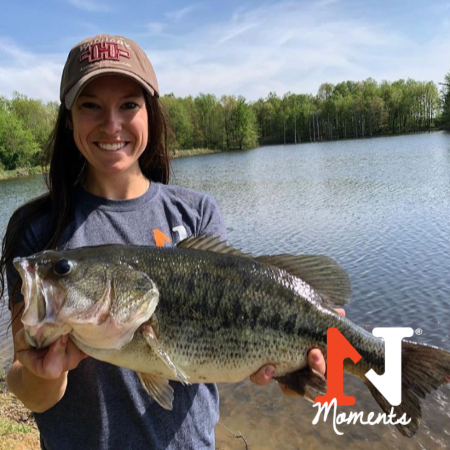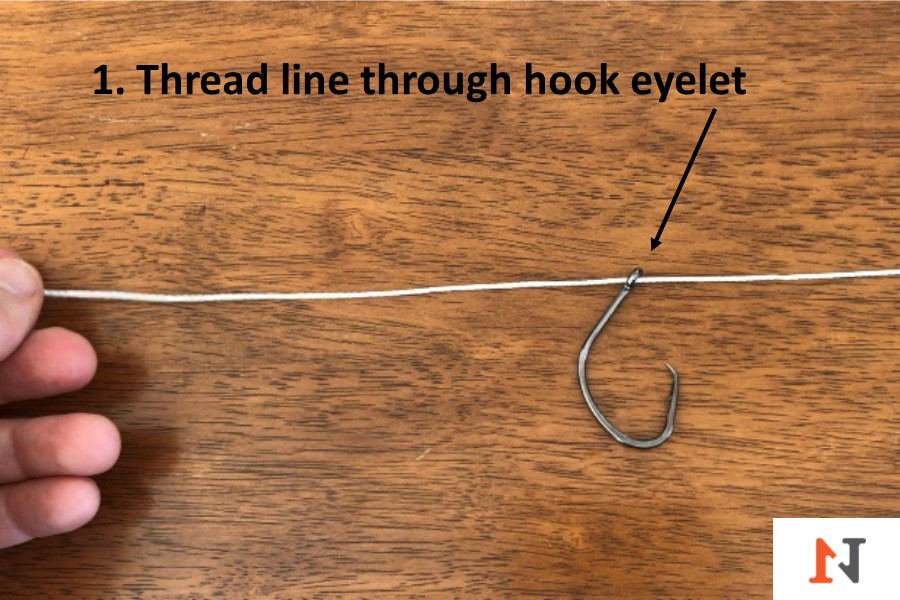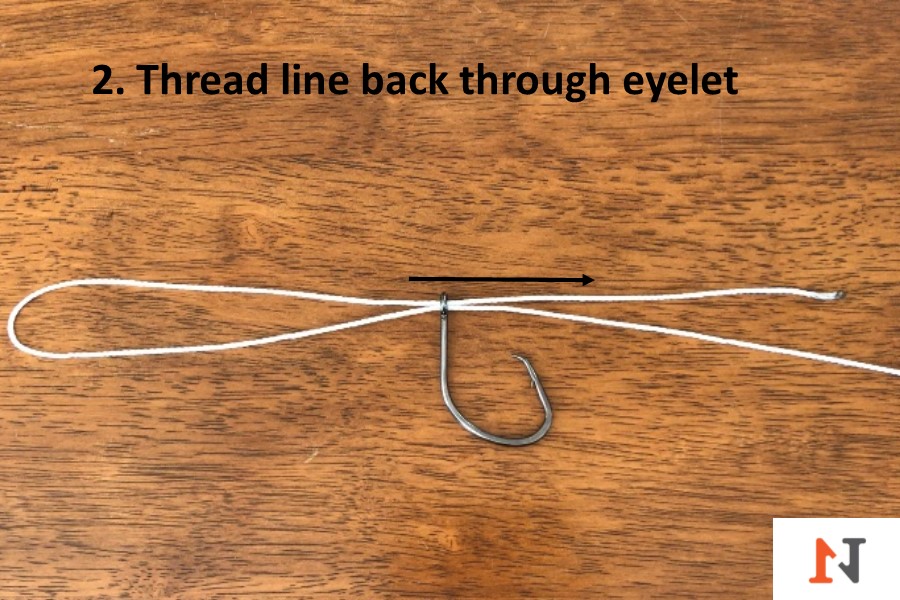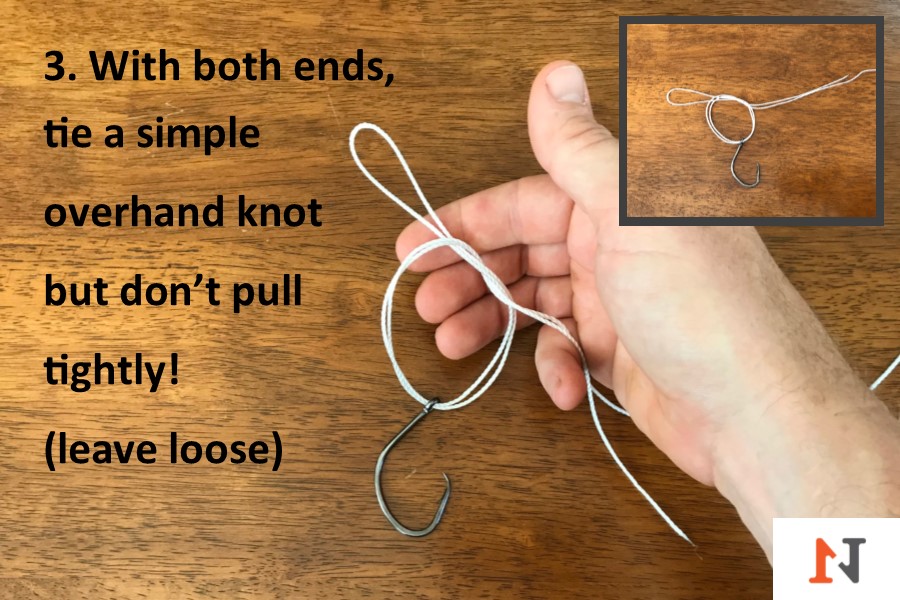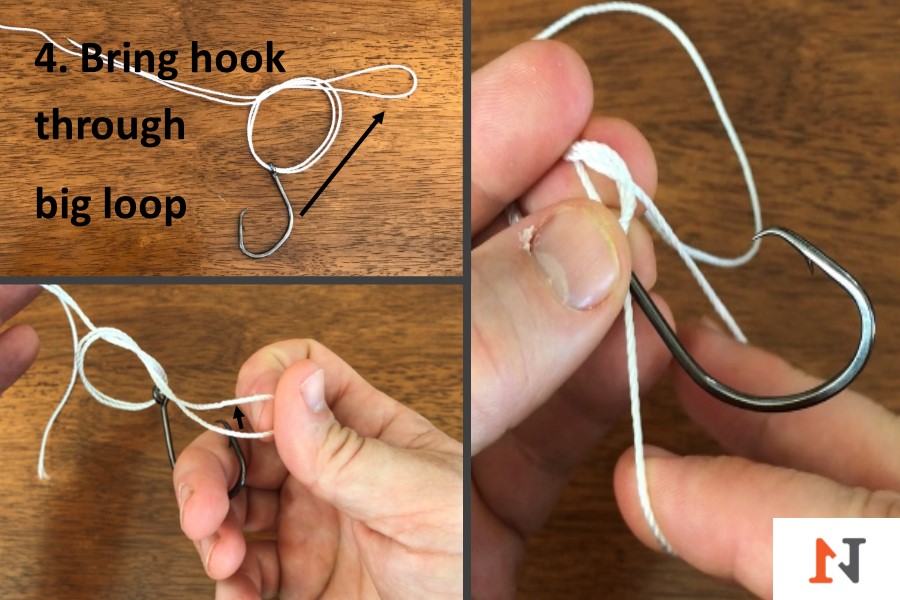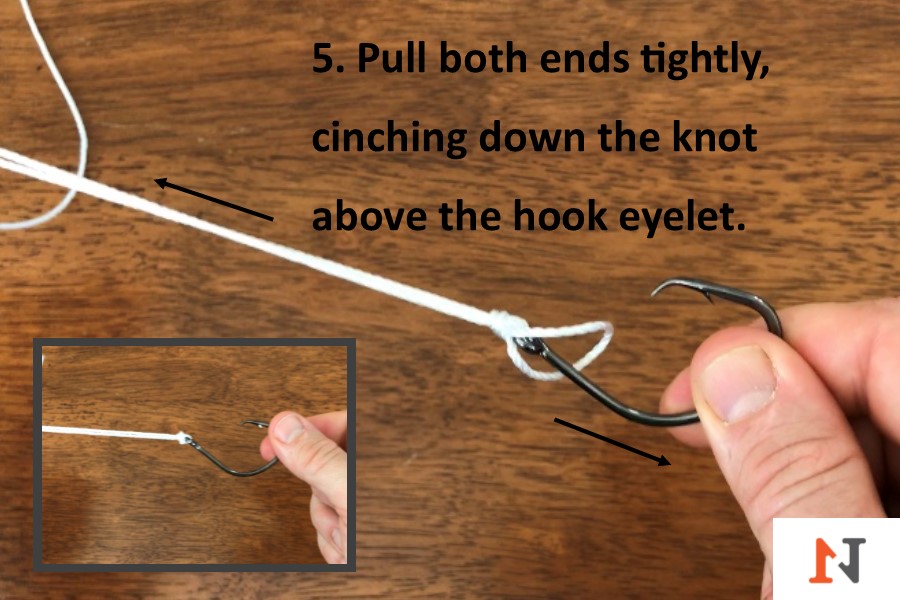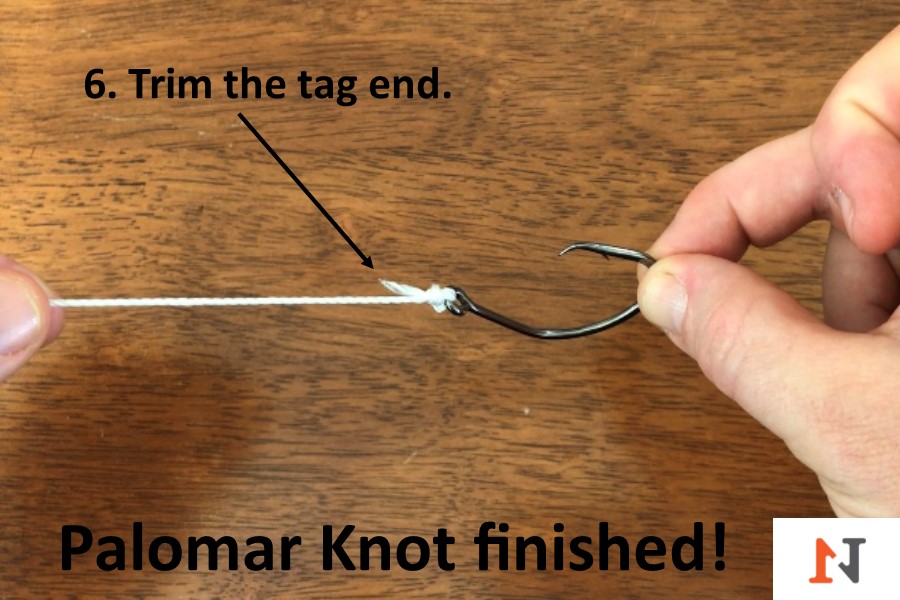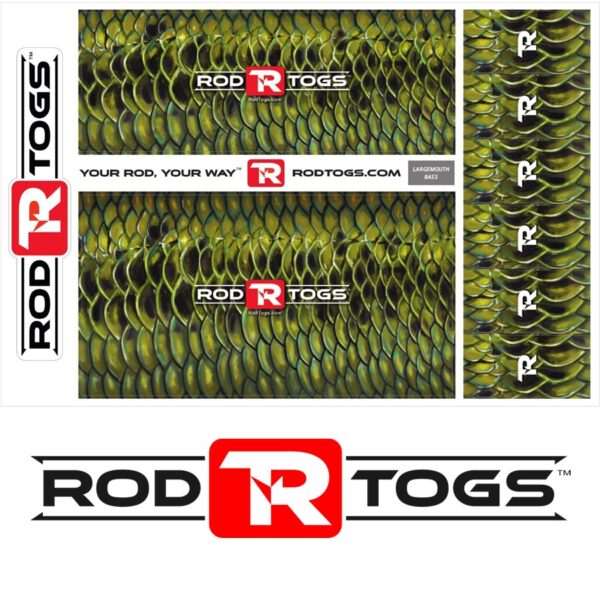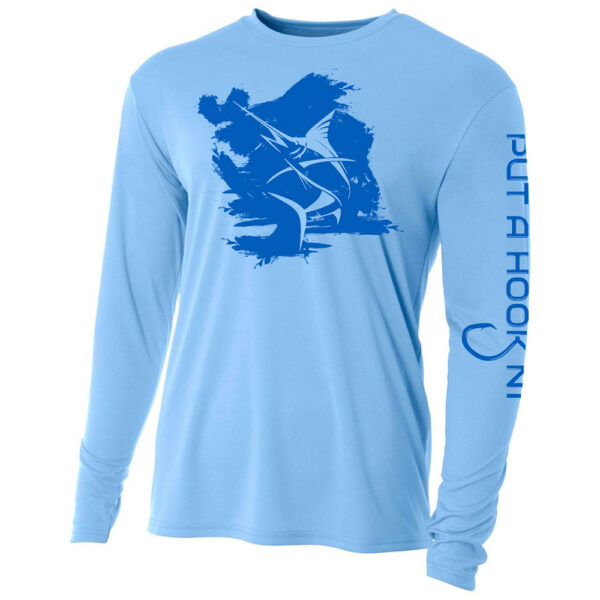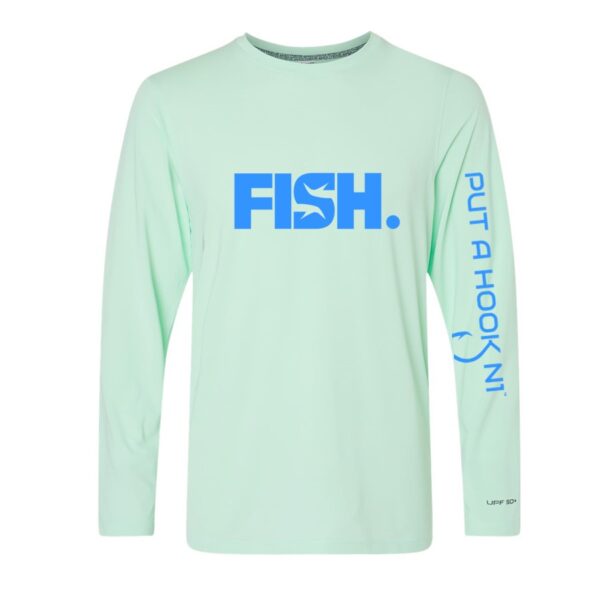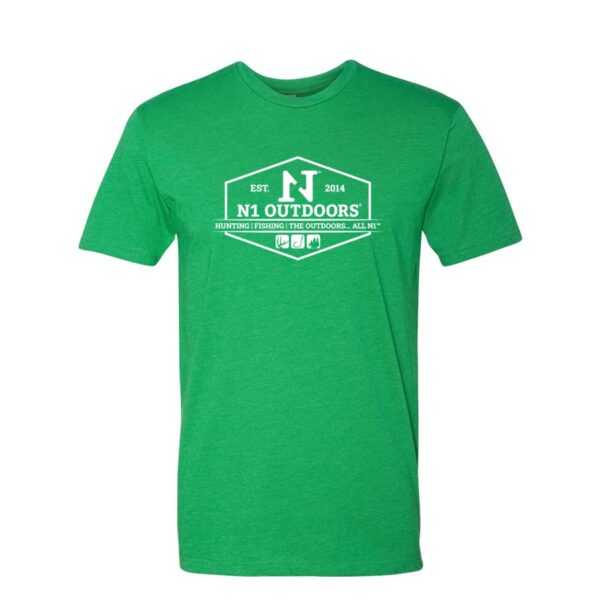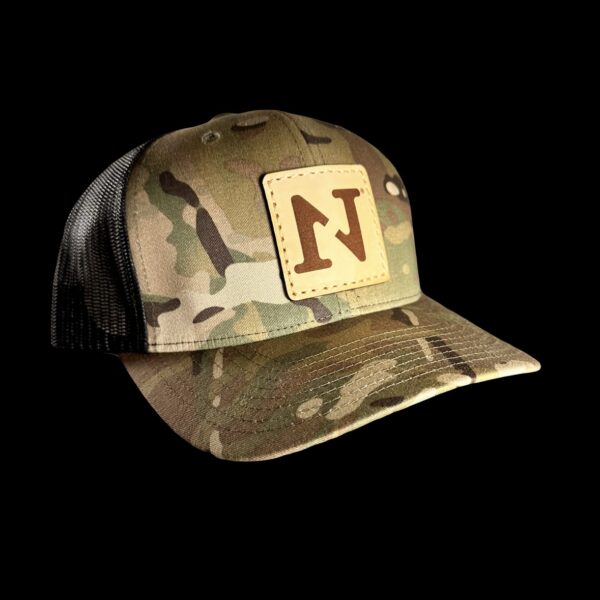Especially in recent years, thanks to the virality of the internet, bass fishing has exploded in popularity.
With the demand rising, the market has done a great job of constantly innovating and crafting new gear to push the limits of bass fishing.
The best fishing rods for bass feature a quality design, consistent technology, great performance, and reasonable pricing for all to enjoy. In this article, we will break down a few of the top bass fishing rods and exactly why you would want to invest in them.
So, here are the best fishing rods for bass!
1. St. Croix Mojo Bass Casting Rod
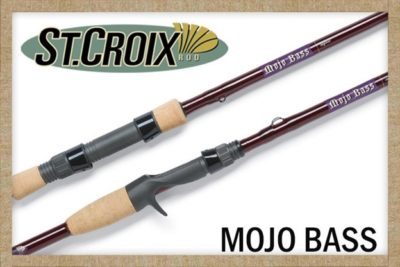
For the price and performance, the St. Croix Mojo is lightweight, durable and at a reasonable price point.
St. Croix has had a stronghold on the high-end fishing market for a while. The key to their branding is being top-of-the-line-esque without breaking the bank like G. Loomis or Megabass.
The St. Croix Mojo is the best bass fishing line in the company, hands down. There are higher end options, but for the price and performance, this one takes the cake.
The Mojo Bass is lightweight while staying very durable, which is why the price point is where it is.
This model ranges from 6’8” to 7’10”, so you can have this line for just about any bass fishing endeavor. However, of those, the most useful and versatile tends to be the 7’ medium-heavy power.
So, if you had to pick one specifically, go to the middle-of-the-road variation to keep your options open.
-
Sale!
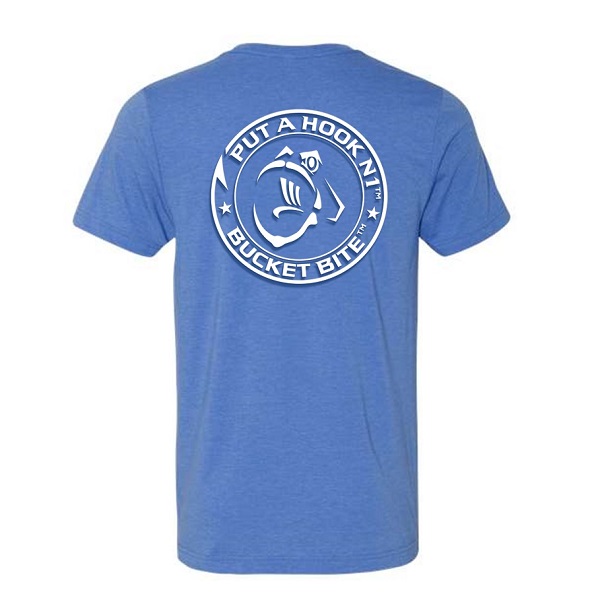
Put A Hook N1™ Bucket Bite Logo Tee (Columbia Blue & Heather Mint)
$9.00 Select options This product has multiple variants. The options may be chosen on the product page -
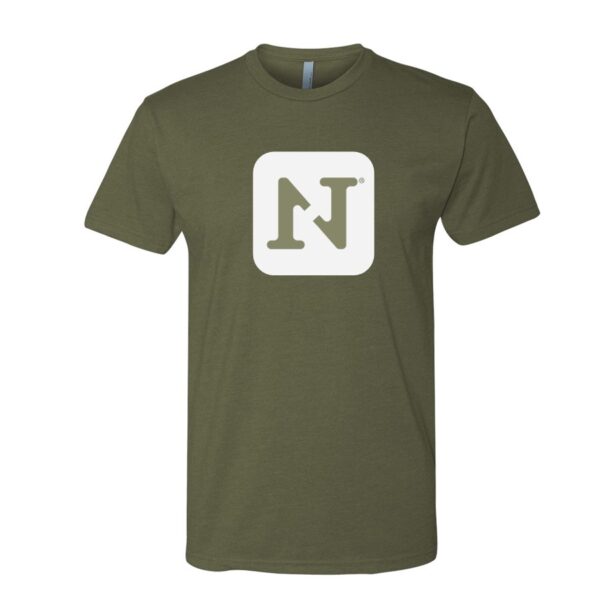
N1 Outdoors® Block Logo Tee
Price range: $22.99 through $24.99 Select options This product has multiple variants. The options may be chosen on the product page -
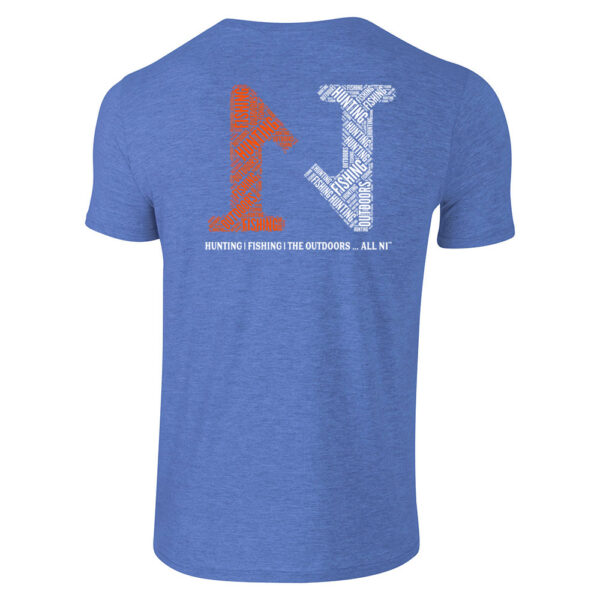
N1 Outdoors® Word Cloud Tee (Heather Royal)
Price range: $22.99 through $28.99 Select options This product has multiple variants. The options may be chosen on the product page
2. Ugly Stik GX2 Casting and Spinning Rods
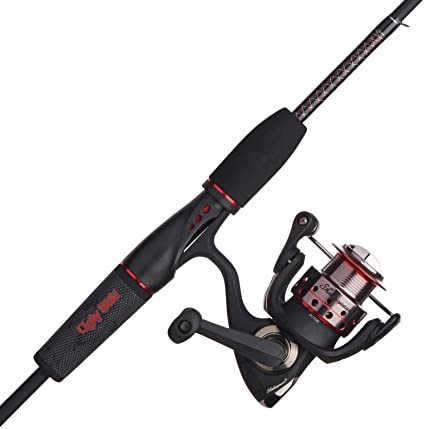
The Ugly Stik GX2 is extremely durable at at a price that’s quite… pretty!
The Ugly Stik GX2 is highly ranked on our list because of the availability, performance, and price, all N1. This is also the perfect beginner rod, so if you are new to the sport, this is one of the best options you have.
The Ugly Stik’s biggest marketing campaign revolves around having incredible flex and strength. The ads would have the Ugly Stik script with a rod completely bent around in a big upside down U. Although marketing is marketing, these rods actually do have insane flex.
This rod makes the list as the best valued bass fishing rod out there. There are both spinning and casting rods that are incredibly durable for the price you pay. The spinning rod is what catapulted the brand, but the casting rod is another fantastic option.
3. Fenwick HMG Casting Rod
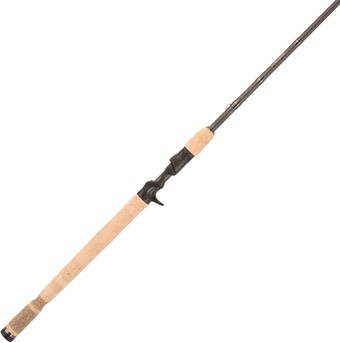
The Fenwick HMG… one of the lightest, yet strongest bass fishing rods out there.
One of the lightest, yet strongest casting rods on the list is the Fenwick HMG.
Although Fenwick is not a household name for beginners, experienced anglers know that they come to play.
The key to this rod’s success is the trademarked blank Carbon Bound technology that keeps the durability high and weight low.
This is another rod to buy the 7’ or 7’2” options. This rod can easily become your go-to rod for throwing anything in the tackle box, even lighter lures. All of these features come together to give you an all-round rod that can do a ton.
Atat this affordable price point, at least for a quality being given, you will get the absolute most out of your purchase.
4. Abu Garcia Vendetta Spinning Rod

The spinning rod version of the Abu Garcia Vendetta provides great performance for the price.
One of the rods that’s easier to find due to mass production is the Abu Garcia Vendetta.
This is a model that can be found in just about any sporting goods store.
Although there are casting and spinning options, the spinning rod tends to outdo it’s angling cousin. The affordability is one aspect that pairs well with the performance to give you a well-rounded rod.
At the end of the day, you need a rod that fits in your budget and will last a long time. These are both going to be the case with the Vendetta. It’s one of the best bass fishing rods for the money.
-
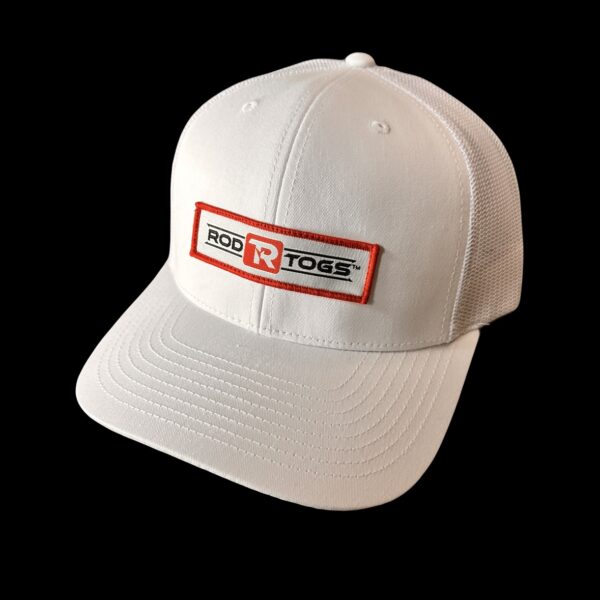
N1 Outdoors® RodTogs™ Patch Trucker Hat (White)
$26.99 Select options This product has multiple variants. The options may be chosen on the product page -
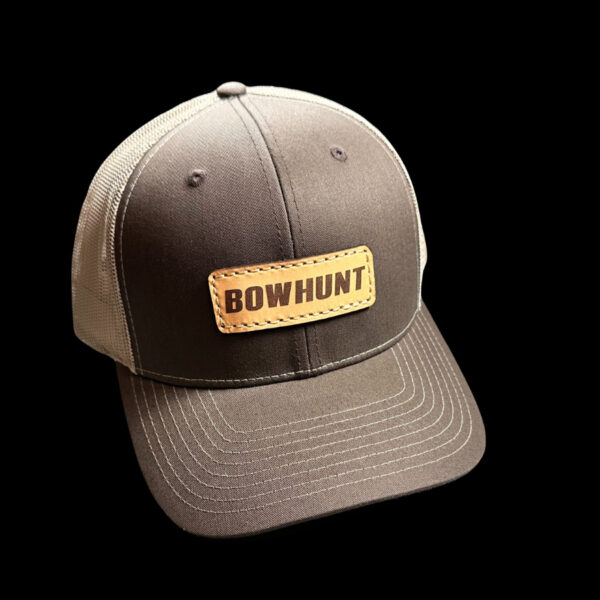
N1 Outdoors® “Bowhunt” Leather Patch Hat (Brown/Khaki)
$29.99 Select options This product has multiple variants. The options may be chosen on the product page -
Sale!
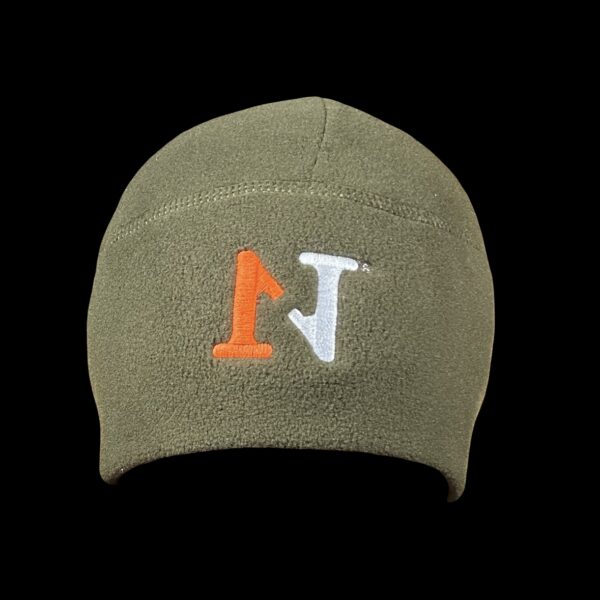
N1 Outdoors® Fleece Logo Tactical Beanie
Original price was: $17.99.$9.99Current price is: $9.99. Select options This product has multiple variants. The options may be chosen on the product page
5. Lew’s Lite Speed Stick Casting Rod
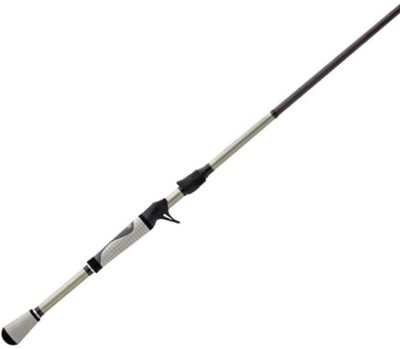
The Lite Speed Stick casting rod is great for casting lighter worms and jerkbaits.
Lew’s, similarly to Abu Garcia and Quantum, is a steady bass fishing brand that offers affordable, yet durable, gear options. Speed Stick is a well-known line in the bass fishing rod game, but the Lite version is the way to go.
As the name implies, this is the classic rod but re-engineered to be lighter and more sensitive than ever.
Although rods closer to 7’ are generally best, the 6’8” rod is actually a fantastic option, especially for throwing light worms and jerkbaits, the Lite Speed Stick will become one of the favorites in your arsenal.
6. Berkley Lightning Casting Rod
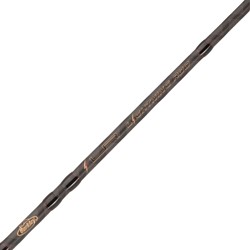
The Berkley Lightning casting rod is a do-it-all rod that is very affordable.
Sometimes, the best bass fishing rod is the one that is affordable and incredibly versatile. This ensures that you get the most value out of your money. The Berkley Lightning Casting Rod caters exactly to that style of thought.
Outfitted with strong guides and a classic cork handle, this is a rod that can be used to throw just about anything.
Although some anglers put a lot of stock into specifying their setups, which is great, sometimes you just need a go-to rod that can do it all. This is it. Plus, it’s incredibly affordable.
7. Abu Garcia IKE Signature Finesse Spinning Rod
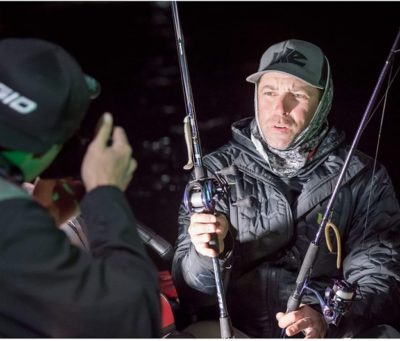
The Abu Garcia IKE Signature Finesse rod implies finesse and that’s exactly what it provides.
Mike Iaconelli is one of the best professional anglers in the world, so it is only fitting that he has a high quality signature rod on the market.
The Abu Garcia IKE Signature Finesse rod is for exactly what the name implies: finesse.
Finesse fishing is best done on a spinning setup and includes weightless rigs, dropshots, and a lot of soft plastic use.
That light, slow fishing is done very efficiently by the IKE Signature rod.
The key contributing factor is the 36 Ton Graphite build which keeps the action fact and weight super light. You will be able to feel everything in the water column.
Final Thoughts on Best Bass Fishing Rods
So, those are some of the best fishing rods for bass on the market!
Although each one has its strengths and weaknesses, specifying what you need in a rod is the best way to really get the most out of each piece of equipment.
So, keep these rods in mind and figure out how they can fit into your arsenal! Good luck, and happy bass fishing.

